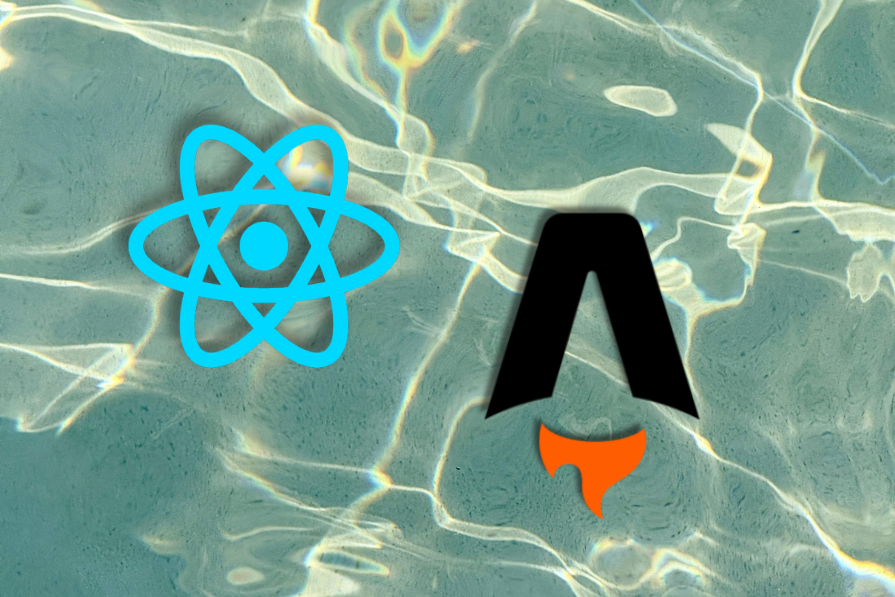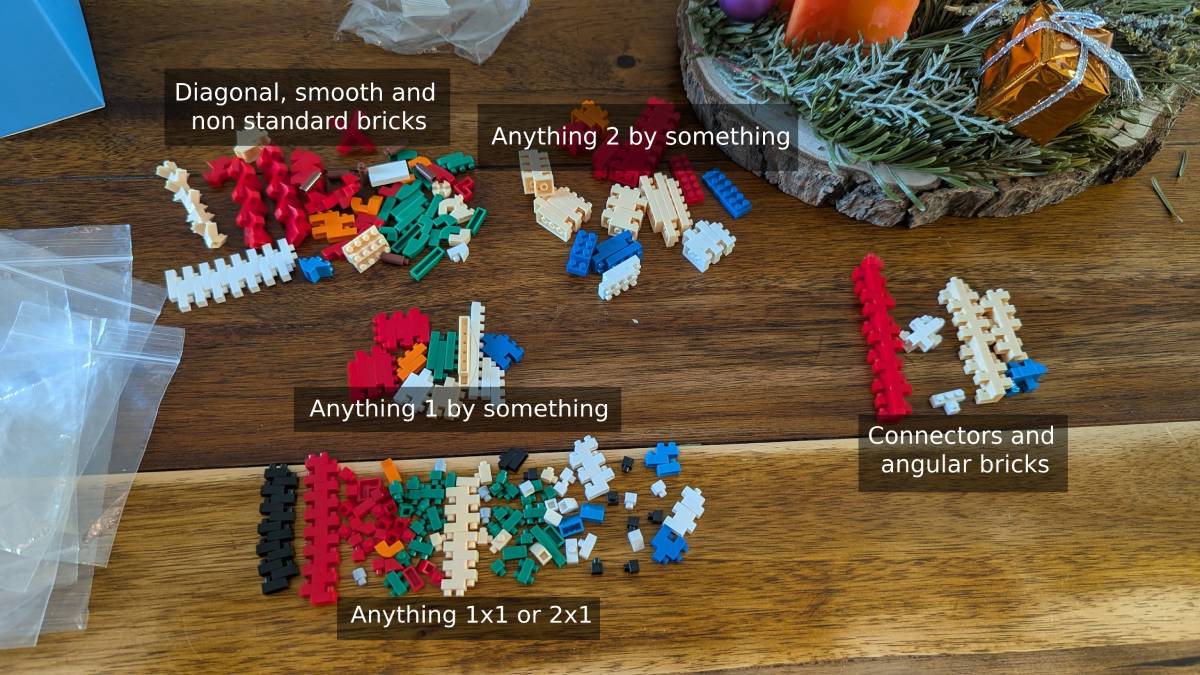As teams push for smaller bundles and faster time to interactivity, frontend frameworks are re-examining where rendering and application logic should live across the server–client boundary. Two architectural patterns now dominate this conversation: React Server Components (RSC) and Islands Architecture.

Both aim to minimize JavaScript shipped to the browser while improving perceived performance and responsiveness. They reach those goals through fundamentally different design models, and the performance consequences are measurable rather than theoretical.
The headline trade-off is simple: Islands can win on first-visit JavaScript cost, while Server Components can win over longer sessions by avoiding full-page reloads during navigation.
Understanding Server Components
Server Components execute entirely on the server and never ship their implementation code to the browser. When a Server Component renders, the server produces a serialized representation of the UI that is streamed to the client. This payload contains rendered output and references that indicate where Client Components should be hydrated.
The model enforces a strict separation between two component types:
- Server Components handle data fetching, access backend resources directly, and render non-interactive content.
- Client Components manage interactivity, state, and browser APIs.
The boundary is explicit and enforced through the 'use client' directive:
// app/products/[id]/page.jsx (Server Component)
import { getProduct, getReviews } from '@/lib/database';
import { ProductActions } from './product-actions';
export default async function ProductPage({ params }) {
const product = await getProduct(params.id);
const reviews = await getReviews(params.id);
return (
<div>
<h1>{product.name}</h1>
<p>{product.description}</p>
<div>Price: ${product.price}</div>
{/* Client Component for interactive features */}
<ProductActions productId={product.id} initialPrice={product.price} />
<section>
<h2>Reviews ({reviews.length})</h2>
{reviews.map(review => (
<div key={review.id}>
<strong>{review.author}</strong>
<p>{review.content}</p>
</div>
))}
</section>
</div>
);
}
// app/products/[id]/product-actions.jsx (Client Component)
'use client';
import { useState } from 'react';
export function ProductActions({ productId, initialPrice }) {
const [quantity, setQuantity] = useState(1);
const [isAdding, setIsAdding] = useState(false);
async function handleAddToCart() {
setIsAdding(true);
await fetch('/api/cart', {
method: 'POST',
body: JSON.stringify({ productId, quantity })
});
setIsAdding(false);
}
return (
<div>
<input
type="number"
value={quantity}
onChange={(e) => setQuantity(parseInt(e.target.value, 10))}
min="1"
/>
<button onClick={handleAddToCart} disabled={isAdding}>
Add to Cart - ${initialPrice * quantity}
</button>
</div>
);
}
Server Components can import and render Client Components, but Client Components cannot import Server Components. Data flows from server to client through props, which must be serializable. This constraint forces a clear division between server-side execution and client-side interactivity.
What this means in practice
Server Components reduce JavaScript bundles by keeping data fetching, business logic, and static rendering on the server. Only interactive UI elements ship to the browser. The trade-off is architectural discipline: you need to clearly mark client boundaries and ensure that anything crossing them is serializable.
Understanding Islands Architecture
Islands Architecture takes the opposite default. Pages render as static HTML by default, and only explicitly marked components become interactive. Everything is rendered to HTML at build time or request time, and JavaScript loads only for components that opt into hydration.
This model also divides components into two categories, but inverts the assumption:
- Static components render to HTML and ship no JavaScript.
- Islands opt into client execution using hydration directives such as
client:load,client:idle, orclient:visible:
---
// src/pages/blog/[slug].astro
import { getPost, getRelatedPosts } from '../../lib/posts';
import Header from '../../components/Header.astro';
import CommentSection from '../../components/CommentSection.svelte';
import ShareButtons from '../../components/ShareButtons.react';
import Newsletter from '../../components/Newsletter.vue';
const { slug } = Astro.params;
const post = await getPost(slug);
const related = await getRelatedPosts(post.tags);
---
<html>
<head>
<title>{post.title}</title>
</head>
<body>
{/* Static component, no JS shipped */}
<Header />
<article>
<h1>{post.title}</h1>
<time>{post.publishedAt}</time>
<div set:html={post.content} />
</article>
{/* Svelte island, hydrates when visible */}
<CommentSection client:visible postId={post.id} count={post.commentCount} />
{/* React island, hydrates when browser is idle */}
<ShareButtons client:idle url={post.url} title={post.title} />
<aside>
<h2>Related Posts</h2>
{related.map(p => (
<a href={`/blog/${p.slug}`}>{p.title}</a>
))}
</aside>
{/* Vue island, hydrates when scrolled into view */}
<Newsletter client:visible />
</body>
</html>
Static components can render islands, but islands cannot render static components, since hydration happens after HTML delivery. Data flows from the page to islands through serializable props, allowing each island to hydrate independently.
What this means in practice
A content page can ship dramatically less JavaScript because only interactive regions hydrate. The trade-off is isolation: islands do not share state by default, so cross-island communication requires explicit coordination (for example, a shared store or event bus).
Server Components vs. Islands Architecture: Where they differ
The core philosophical difference is simple: Server Components split applications by execution environment, while Islands split them by interactivity.
Server Components preserve a persistent component tree across navigations, enabling route changes that stream only what changed rather than reloading the full document. Islands typically treat each page as an independent unit, so navigation often triggers a full HTML reload (even if some assets are cached).
Performance metrics that matter
Three measurements capture the practical performance impact of these architectures: initial HTML size, JavaScript payload, and time to interactive.
- Initial HTML size: Both approaches render HTML on the server, so document sizes are often comparable.
- JavaScript payload: Server Components ship the React runtime plus Client Components. Islands ship per-island runtime and code (often smaller overall when interactivity is limited).
- Time to interactive: Server Components commonly hydrate Client Components as a bundle. Islands hydrate progressively, so some regions can become interactive earlier while others hydrate later.
Architecture decision matrix
| Use case | Better default | Why |
|---|---|---|
| Content site (blog/docs/marketing) | Islands | Minimal JS by default; progressive hydration optimizes first-visit UX |
| App with frequent navigation (dashboard/workflow) | Server Components | Route transitions can stream deltas; avoids repeated full-document reload costs |
| Mixed framework migration | Islands | Framework-agnostic islands can incrementally adopt interactivity |
| Complex shared layouts + server data dependencies | Server Components | Inline data fetching and request deduplication across the component tree |
The right choice depends on your interactivity-to-content ratio and navigation patterns. Islands tend to win when most pages are static and only a few components need JavaScript. Server Components tend to win when users navigate repeatedly and you can amortize runtime costs across sessions.
Developer experience considerations
Performance is not the only cost. Server Components require careful attention to execution boundaries and import rules, which can complicate refactoring. Islands impose isolation, making cross-component state sharing explicit rather than implicit.
Testing strategies diverge as well. Server Components often require mocking server-side dependencies and async rendering. Islands test like standard framework components, but interactions across islands typically require integration tests.
Real-world performance scenarios
This comparison uses a content-focused page (blog post) with limited interactivity: comments, share buttons, and a newsletter signup. That profile tends to favor Islands’ strengths. A highly interactive dashboard would shift the trade-offs.
If you include the “Network analysis reveals…” section, consider presenting the payloads in a table (as above) so readers can scan the comparison quickly, then follow with a short narrative interpretation.
When to choose Server Components
- Frequent navigation between related views (dashboards, multi-step flows)
- Shared layouts and state that should persist across routes
- Complex data dependencies where request deduplication helps
- React-first teams that want to stay inside the React ecosystem
When to choose Islands Architecture
- Content-heavy sites with limited interactivity (marketing, docs, blogs)
- Progressive enhancement priorities (usable baseline without JS)
- Incremental migration from static HTML
- Multi-framework needs (mixing React/Svelte/Vue islands)
Conclusion
Server Components tend to deliver better performance for interactive applications with frequent navigation and shared state. Islands Architecture tends to win for content-first experiences where minimizing JavaScript is the dominant concern.
Neither approach universally outperforms the other. The correct choice follows from how users navigate, how much interactivity they encounter, and how often state must persist across views.
The post Server Components vs. Islands Architecture: The performance showdown appeared first on LogRocket Blog.





